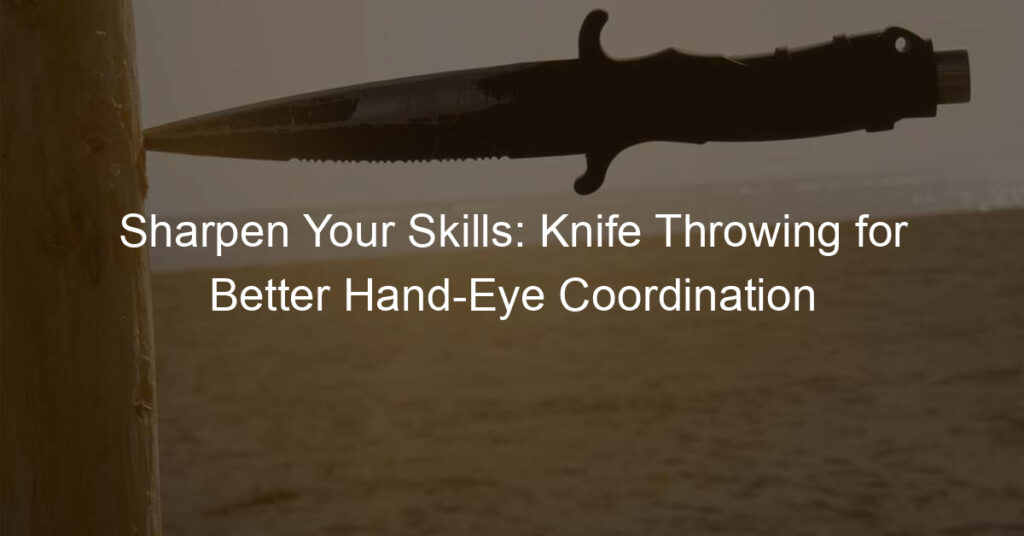Introduction to Knife Throwing Techniques
Welcome to our comprehensive guide on knife throwing techniques. Whether you’re a beginner or an experienced thrower, understanding the basics, knowing the different types of throwing knives, and appreciating the importance of knife balance are all crucial to mastering this skill.
-
Understanding the Basics
It’s not just about throwing a knife at a target; it’s about understanding how to grip the knife, how to stand, and how to throw it with the right amount of force and angle.
-
Types of Throwing Knives
Each with their unique characteristics. Some are heavy and long, while others are light and short. The type of knife you choose depends on your throwing style and the distance from your target. For example, heavier knives are typically better for longer distances.
-
Importance of Knife Balance
A well-balanced knife will rotate predictably, making it easier to hit your target. On the other hand, a poorly balanced knife can be unpredictable and difficult to control. Understanding the balance of your knife and how it affects your throw is a key part of mastering knife throwing techniques.
Throwing Knife Myths and Misconceptions
Myth 1: Any Knife Can Be a Throwing Knife
- Why this is false:
- Not all knives are designed for throwing. Throwing knives are specifically designed with balance and weight distribution in mind. Using a knife not intended for throwing can result in injury.
- Examples of inappropriate knives for throwing:
- Kitchen knives, pocket knives, and hunting knives are not suitable for throwing. They are designed for specific tasks and can be dangerous if thrown.
- Historical and practical uses of knife throwing:
- Knife throwing has been used in various cultures for hunting and warfare. Today, it’s a recognized sport and a fun hobby.
- Benefits of learning knife throwing:
- Knife throwing can improve hand-eye coordination, concentration, and patience. It’s also a great way to relieve stress.
- Fact 1: Knife Throwing Requires Skill and Practice:
- Like any sport, knife throwing requires practice to master. It’s not as simple as just throwing a knife; it requires technique and precision.
- Fact 2: Knife Throwing is a Recognized Sport:
- Knife throwing is recognized by the International Knife Throwers Hall of Fame and has competitions worldwide.
- Fact 3: Safety is Paramount in Knife Throwing:
- Safety should always be the first priority when throwing knives. Always follow safety guidelines and use the appropriate equipment.
- Factors to consider:
- When choosing a throwing knife, consider its weight, balance, and design. Also, make sure it’s designed for throwing.
- Recommended throwing knives:
- Some recommended brands include Cold Steel, SOG, and Smith & Wesson.
- Step-by-step guide:
- Start by holding the knife correctly, then practice your stance and throwing technique. Always aim at a safe target.
- Common mistakes to avoid:
- Don’t throw too hard, don’t aim at unsafe targets, and don’t use the wrong type of knife.
- Safety Tip 1: Always Be Aware of Your Surroundings:
- Make sure there’s no one around you when you’re throwing, and that your target is safe and secure.
- Safety Tip 2: Never Throw a Knife at a Person or Animal:
- This is extremely dangerous and should never be done.
- Safety Tip 3: Always Handle Knives with Care:
- Even when not throwing, always handle knives with care to prevent accidents.
- Myth 1: Debunked:
- Now you know, not every knife is suitable for throwing. Always use a knife designed for this purpose.







